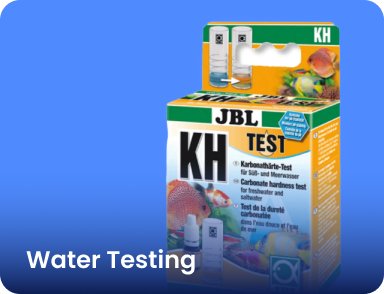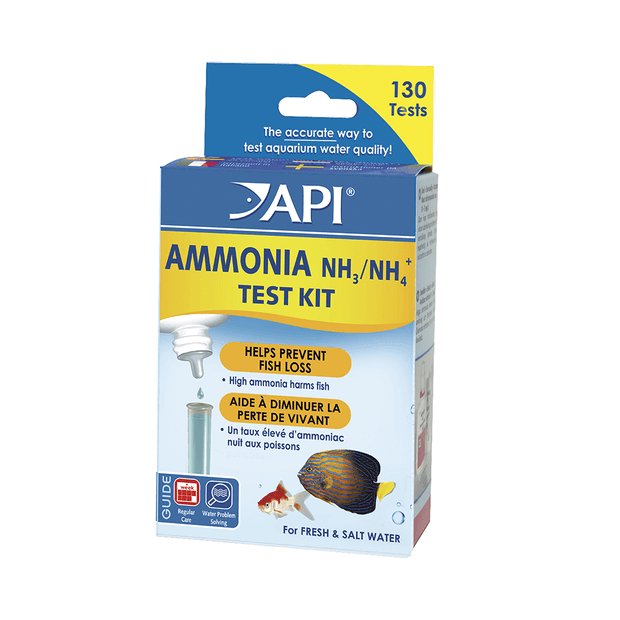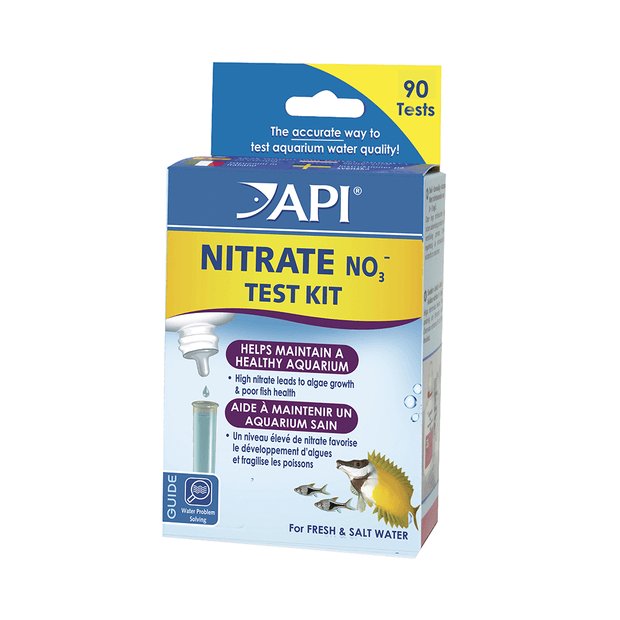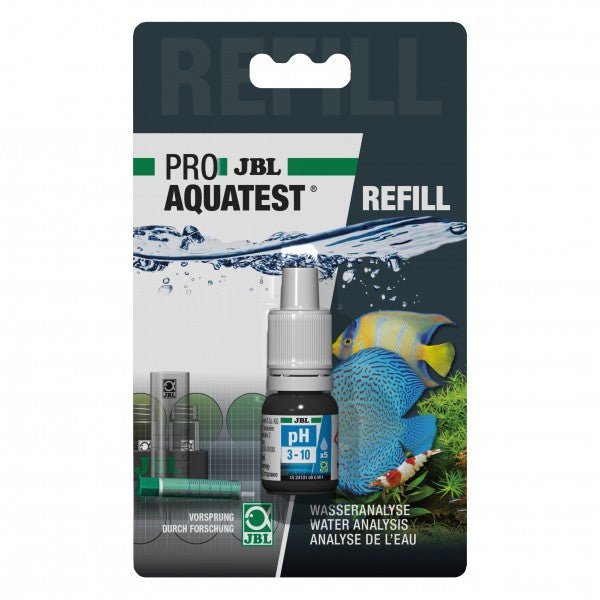Check out our range of stock.
Didn't find what you like?
Send us a message
Found something out of stock?
Send us a message

Testing your water regularly is the reason for an aquarist's success.
The main test that you should consider doing is NO3 (Nitrate). This is because Nitrates is a slow killier to fish. It affects the fish's gills and it slowly kills them.
Nitrites (NO2) and Ammonia (NH3/NH4) are fast killers to fish. However, you will visibly see when there are an abundance of Ammonia or Nitrites as your tank will appear cloudy.
You should also test your pH regularly to not get any surprises from shock.

Test your aquarium water and make sure your fish are safe with the API Ammonia Test Kit. This comprehensive kit helps detect low levels of ammonia, which can cause gill damage, lethargy, and death in fish. With its easy-to-use liquid dropper and clear instructions, checking your aquarium water has never been easier.
$34.95

The API Nitrate Test Kit is an accurate and reliable way to measure nitrate levels in fresh and salt water tanks. With its easy-to-use system and precise results, the kit provides a complete and detailed understanding of nitrate concentrations. Rely on it to get the most out of your aquatic environment.
$34.95

The JBL PH Refill Test Kit is an essential tool for maintaining healthy aquarium water. The kit includes a reliable and accurate pH test strip, a dosing syringe, and a special refill solution. The test strip measures pH levels in the water, allowing you to make adjustments as needed. The refill solution can be used to adjust pH levels when needed, and the dosing syringe makes it easy to measure and add the solution. This kit is a great way to keep your aquarium water healthy and balanced.
$15.00
![{INTRO PRICES} [NEW PRODUCT - OPEN FOR PREORDER] Independent Store Brand Easy pH Test 50ml - Nano Tanks Australia](http://nanotanksaustralia.com.au/cdn/shop/files/intro-prices-new-product-open-for-preorder-independent-store-brand-easy-ph-test-50ml-492048.jpg?v=1749249529&width=645)
The Essential Guide to pH Testing for Aquariums Why pH Testing Matters:Maintaining proper pH levels is one of the most crucial aspects of aquarium care. pH affects fish health, biological filtration, and overall water quality. Testing Frequency: New Aquariums: Test daily during the critical cycling phase Established Tanks: Test weekly to monitor stability Simple 5-Step Testing Process: Fill the test vial to near the top with aquarium water Add precisely one pump of testing solution Wait 30 seconds for color development Compare to the color chart for accurate reading Prime the pump by dispensing one test into the sink before first use Pro Tip: Always test at the same time of day, as pH naturally fluctuates slightly with lighting and plant activity. Remember: Sudden pH changes can stress aquatic life. If levels are unstable, test more frequently and address the underlying cause.
$13.00 $8.00